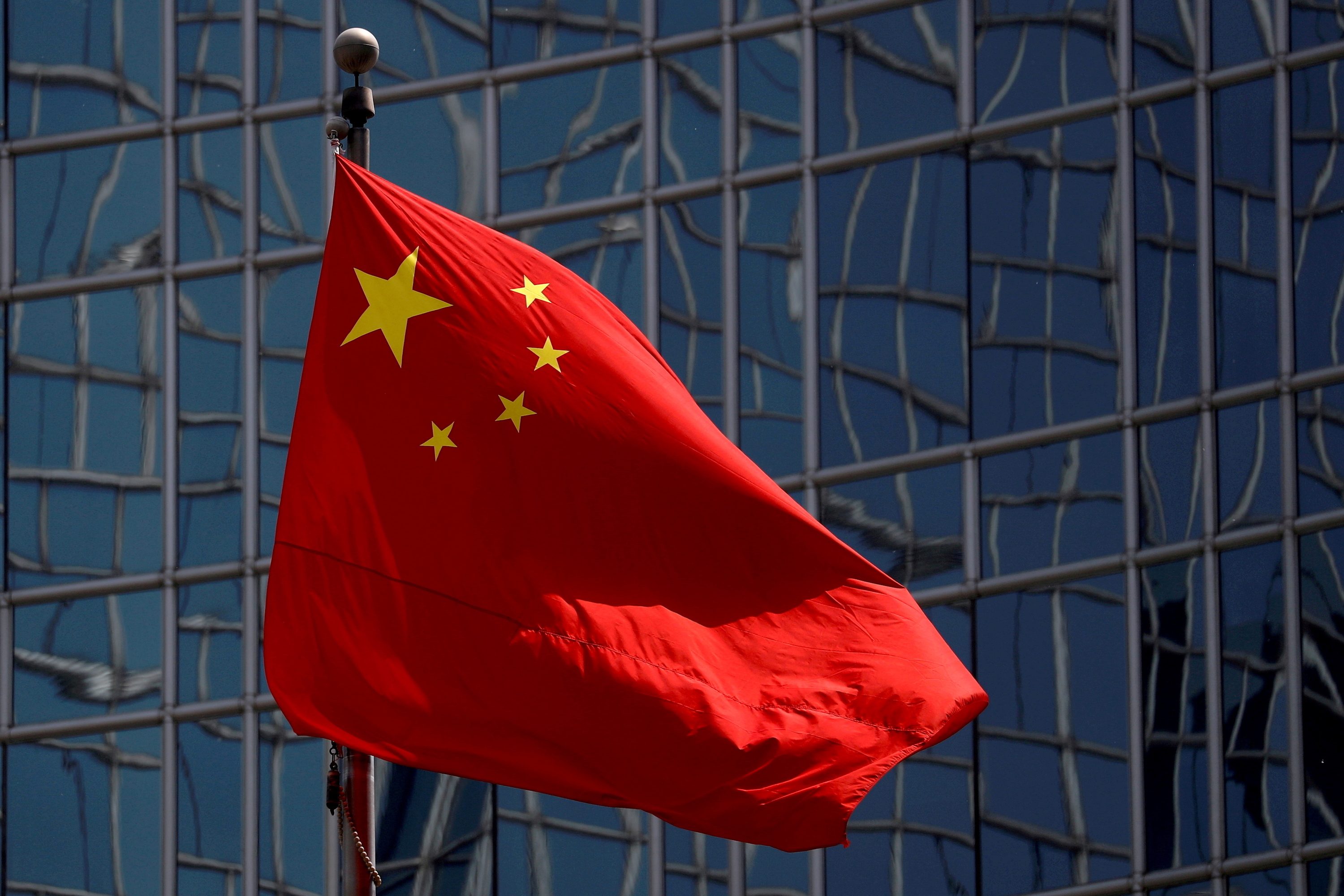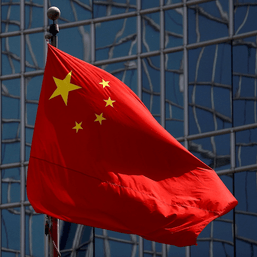SUMMARY
This is AI generated summarization, which may have errors. For context, always refer to the full article.

BEIJING, China – China will plant soybeans on every patch of land possible this year, the agriculture minister said on Wednesday, February 23, as it seeks to reduce its dependence on huge annual imports.
The minister, Tang Renjian, announced his plan after the government outlined a raft of measures to lift soybean output, among steps to boost food security, in a major rural policy document.
“We will make great efforts…to expand the production of soybeans and oilseeds. Each extra mu planted counts, and every jin harvested counts,” he said, using Chinese measures for land area and weight.
The State Council said in the policy statement, known as the “No.1 document,” that stable farm output and growing rural incomes were critical to healthy development in the country, which is facing challenges from the COVID-19 pandemic, a fragile global economy, and climate change.
Though China has long prioritized food security, it has become much more prominent in policy since the pandemic began in early 2020.
China is largely self-sufficient in staples but has faced a major shortage of pork, and a corn supply crunch in recent years, as well as severe weather events.
Soybean imports recently fell well below expectations, prompting Beijing to start releasing reserves.
While recognizing the role of international markets, Tang stressed the need for increasing domestic supplies.
“A bottle of oil should contain as much Chinese oil as possible,” he told reporters.
The world’s top soybean importer saw a sharp fall in its small domestic crop last year as farmers planted corn instead.
The State Council document, issued late on Tuesday, February 22, dedicated a full section to boosting the soybean and oilseeds production “project,” using measures like increasing subsidies for land rotation programs and rewards for counties that produce large volumes of edible oils.
‘Not much change’
China is also developing soybean varieties suited to alkaline soils and experimenting with intercropping soybeans with corn to eke out as much soy as possible.
But analysts say the efforts are unlikely to make a major impact.
“Maybe we’ll see half a million tons or a million tons more in production but in the grand scheme of things, it won’t change much,” said Darin Friedrichs, co-founder of Shanghai-based consultancy Sitonia Consulting.
He said corn prices were still high, making it unlikely that farmers would switch all their land to oilseeds.
The government also said it will “actively” deal with the unfavorable impact from late planting of wheat and strictly control corn-based fuel ethanol production, among other measures seeking to stabilize grain supplies.
China’s corn imports surged to a record last year, amid soaring domestic prices and low inventories.
While last year’s document called for a need to diversify imports, this year’s plan did not mention imports at all.
“Even in the past six months, there has been much more focus on self-sufficiency and not much talk of imports,” said Friedrichs.
China also wants to accelerate expansion of beef, mutton, and dairy production and “vigorously promote” construction of vegetable facilities in the north while improving emergency supplies.
Last year, heavy rain flooded key vegetable-growing areas, sending prices rocketing. That followed a major hit to its corn crop a year earlier from a series of typhoons.
The State Council said in the document that China would strengthen research into the mid- to long-term impact of climate change on agriculture.
It also called for acceleration of the development of indoor agriculture such as greenhouses and promotion of advanced equipment and technology. – Rappler.com
Add a comment
How does this make you feel?
![[Vantage Point] Xi’s flotilla blocks energy development in South China Sea](https://www.rappler.com/tachyon/2024/04/china-aggression.jpg?resize=257%2C257&crop=442px%2C0px%2C1080px%2C1080px)




There are no comments yet. Add your comment to start the conversation.